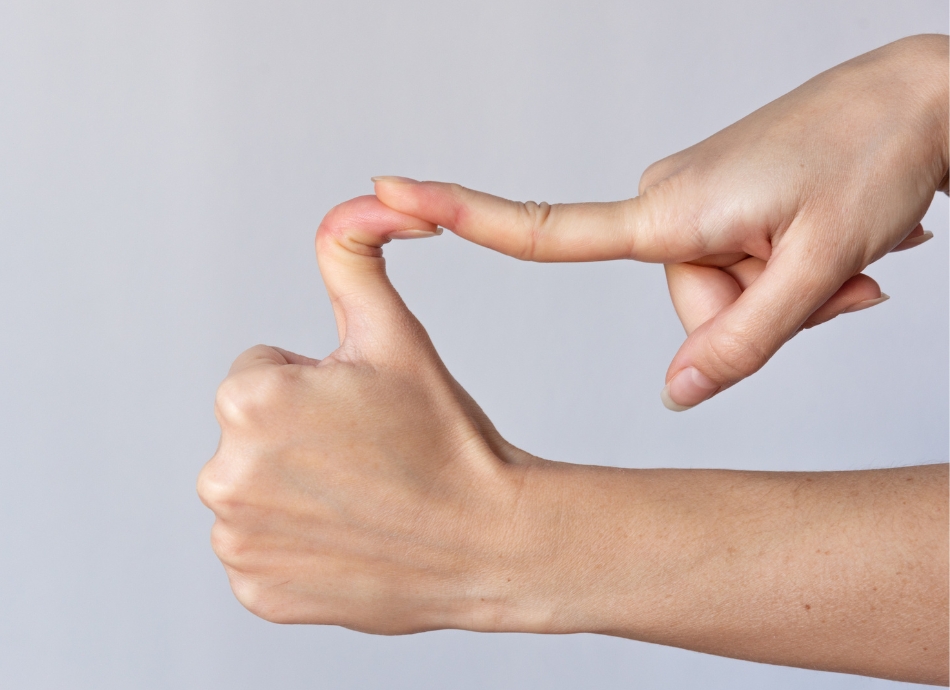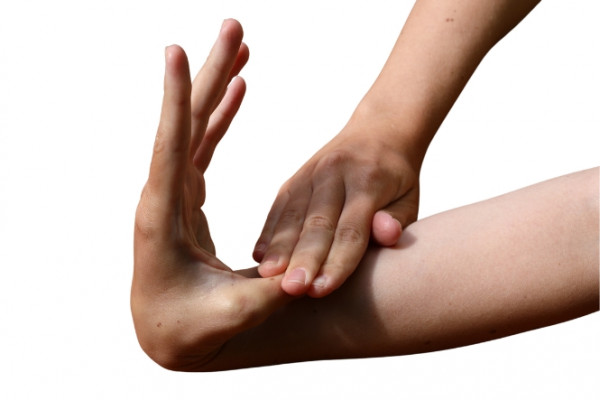Ehlers-Danlos syndrome (EDS)
Key points about Ehlers-Danlos syndrome (EDS)
- Ehlers-Danlos syndrome (EDS) is a group of disorders that are all connected but have different symptoms.
- EDS is inherited from your parents, which means you're born with the condition.
-
It affects the connective tissue in your body.

Connective tissue is throughout your body – in skin, muscles, tendons and ligaments, blood vessels, organs, gums and your eyes. It helps your body be strong and flexible.
If you have EDS, your connective tissue can stretch beyond its limits and become damaged.
There are 13 types of EDS. The most common effects are:
- joints that move more than normal (joint hypermobility)
- very soft, stretchy skin
- easily damaged tissue.

Image credit: Canva
EDS is rare, approximately 1 in 5,000 people have it. EDS affects women more than men and is in all races across the world.
Although you're born with the disorder, your symptoms can start at any age. Often, they're first noticed in teenagers.
EDS can take years to diagnose because it's rare. Many doctors aren't very familiar with it and the symptoms can be similar to many other conditions.
People with EDS often have other disorders, eg, postural orthostatic tachycardia (POTS) and mast cell activation syndrome (MCAS)(external link).
People with EDS may all notice different symptoms. Many of the common symptoms may not seem serious on their own but if the damaged connective tissue is in important structures, eg, blood vessels, it can be very serious or life-threatening.
Common symptoms include:
- joint issues, eg, frequent sprains
- pain
- arthritis
- easy bruising
- wounds taking time to heal and healing with abnormal scars
- tiredness
- irritable bowel syndrome (IBS)
- hernias
- heart problems.
Diagnosing EDS can take time. It's important to talk to your healthcare provider and explain your concerns. Tell them about any symptoms in other members of your whānau and your history of past injuries or illness.
Your healthcare provider will look at your skin and how mobile your joints are. There are checklists they can use and a score for joint hypermobility that will help with the diagnosis.
They may suggest tests, eg, skin biopsies, echocardiograms and other imaging tests to look at your joints and blood vessels.
There is a genetic test that you may have to pay for.
Although EDS can't be cured, treatment can prevent further injuries or complications. You're likely to get the most benefit from a multi-disciplinary approach, which means you'll need to see several different health professionals. Each will help in their own way.
- Counsellor – helps you learn to live with a long-term condition and deal with symptoms such as pain.
- Dietitian – helps support you to eat well and manage your weight or any IBS symptoms.
- General practice team – prescribes medicine, eg, pain relief for injuries.
- Genetic counsellor – helps you understand how EDS came from your parents and how you might pass it on to your children.
- Occupational therapist – helps you manage your daily activities.
- Physiotherapist – helps you strengthen your muscles and joints. (The physiotherapist needs to know you have EDS as some exercises can cause more damage.)
- Rheumatologist (a doctor who specialises in joint and muscle problems) – may be able to help diagnose EDS and may offer some advice on treatment.
Also,
- Braces – can protect your joints.
- Surgery – may help make your joints more stable.
There are several ways to manage EDS symptoms and improve your quality of life. These include:
- doing low-impact exercise to increase joint stability and reduce pain
- avoiding activities that may cause injury or stress to joints (such as contact sports)
- keeping a healthy lifestyle and weight to reduce stress on your joints
- wearing protective clothing and sunscreen to prevent skin injury.
Ehlers-Danlos Syndromes New Zealand(external link)(external link)(external link)
Email [email protected]. Provides support for those with Ehlers-danlos syndrome and HMS (hypermobility syndrome) to help manage their lives.
Consider contacting support groups(external link) and online communities.
Credits: Content shared between HealthInfo Canterbury, KidsHealth and Healthify He Puna Waiora as part of a National Health Content Hub Collaborative.
Last reviewed:





